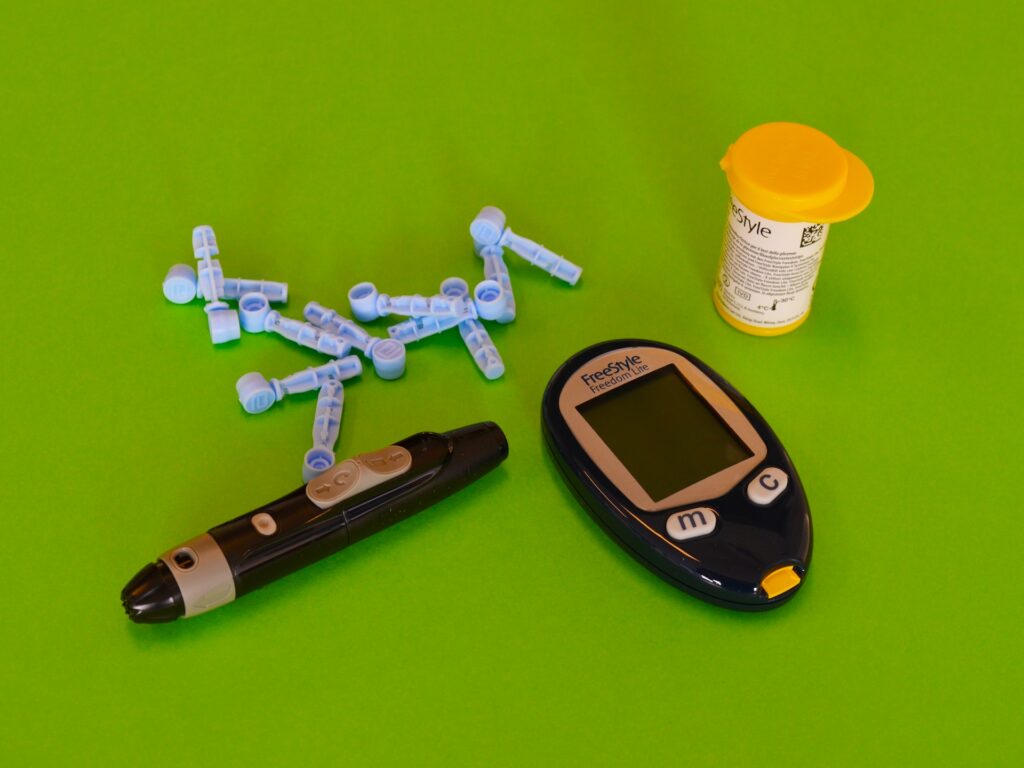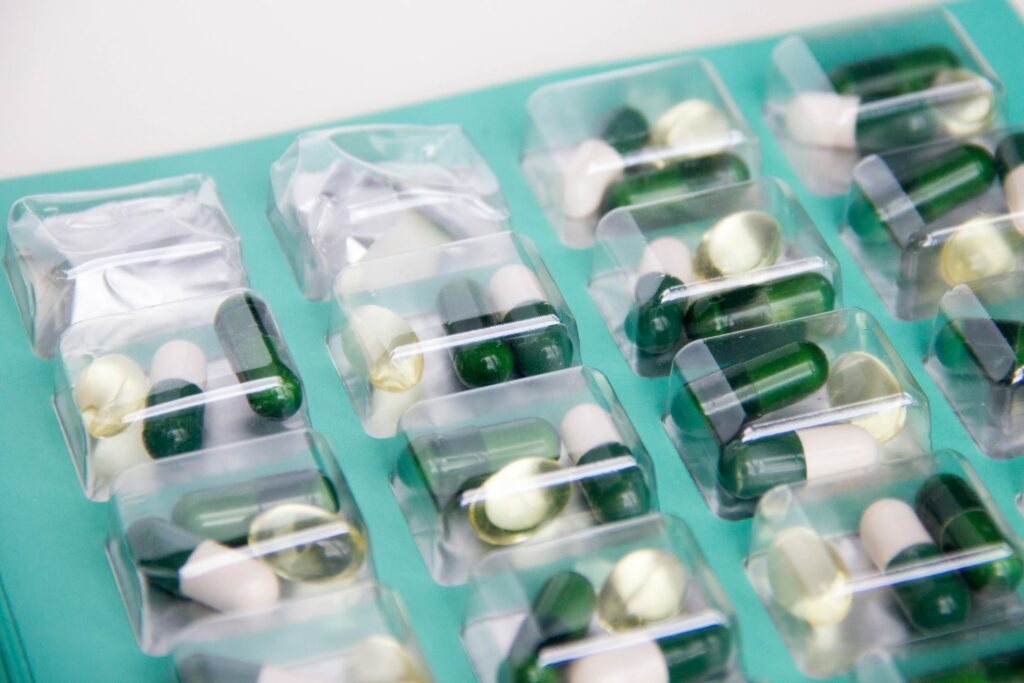In recent years, there has been a remarkable surge in the utilization of wearable medical devices, driven by the escalating demand for cutting-edge healthcare solutions. It’s projected that the global wearable medical devices market size will reach $195.57 billion by 2027. These devices, worn on the body or integrated into clothing or accessories, are designed to monitor, diagnose, and manage various health conditions, ultimately empowering individuals to take charge of their health.
Moreover, wearable medical devices have been increasingly adopted in various healthcare settings, ranging from hospitals and clinics to home-based care, telehealth, and remote patient monitoring programs.
In this article, we will explore the top wearable medical devices that are making a significant impact in the healthcare industry, their features, and factors to consider when choosing the right device for healthcare businesses.
Importance of wearable medical devices in healthcare
The importance of wearable health technologies in healthcare can’t be overstated. These devices have revolutionized the way healthcare is delivered and managed, providing patients and healthcare providers with valuable data and insights for better health monitoring and disease management.
Real-time monitoring of various health parameters. One of the key benefits of wearable medical devices is their ability to enable real-time monitoring of various health parameters. As an example, Continuous Glucose Monitoring (CGM) systems enable individuals with diabetes to continuously track their blood glucose levels, empowering them to make informed decisions about their lifestyle and medication management. This real-time data empowers patients to proactively manage their condition and avoid complications.
Remote patient monitoring (RPM). Wearable medical devices allow healthcare providers to conveniently monitor patients’ health parameters and vital signs from a distance. This is particularly crucial for individuals with chronic conditions or those recovering from surgery or illness who require ongoing monitoring. RPM devices enable healthcare providers to collect and analyze data such as heart rate, blood pressure, and respiratory rate, allowing for early detection of potential health issues and timely interventions. Seeing the positive results of adopting RPM, 4 out of 5 of Americans are in favor of it.
Preventive care. Wearable medical devices empower individuals to proactively manage their health and well-being. Smartwatches with health monitoring features, for example, can track steps, sleep quality, heart rate, and other health parameters, providing users with insights and motivation to make positive changes to their lifestyle. This proactive approach to health can help prevent or manage chronic conditions, reduce healthcare costs, and improve overall well-being.
Patient engagement and proactivity in health monitoring. Wearable medical devices can enhance patient engagement and empowerment. By providing individuals with access to their health data, these devices enable patients to actively participate in their healthcare decision-making process. Patients can set personal health goals, track their progress, and make informed choices about their treatment plans, leading to better self-management and improved health outcomes.
Overall, wearable medical devices have become indispensable tools in healthcare, offering numerous benefits for both patients and healthcare providers. These devices facilitate real-time monitoring, remote patient monitoring, healthy lifestyle choices, and patient empowerment, ultimately leading to better health management and improved patient outcomes.
Discover the top three types of wearable medical devices for better health monitoring and disease management
In this section, we will explore various types of wearable medical devices that are revolutionizing the healthcare landscape, providing valuable insights into how these devices are transforming patient care and improving health outcomes.
Non-invasive medical monitoring devices

Non-invasive monitoring devices, such as blood pressure monitors, blood glucose monitors, pulse oximeters, and thermometers, are widely used in healthcare settings for remote monitoring of patients’ vital signs and health parameters. These devices are typically designed to be worn or used on the body and provide accurate and real-time data to healthcare providers for assessment and management of patients’ conditions.
Non-invasive body monitoring devices allow for:
- Non-invasive measurement: These devices allow for monitoring of vital signs and health parameters without the need for invasive procedures, such as blood draws or needle pricks.
- User-friendly operation: Non-invasive monitoring devices are designed to be easy to use, with minimal training required for patients or caregivers to operate them.
- Data management capabilities: These devices often come with features such as data storage, data transfer, and data visualization, enabling seamless integration into healthcare systems for remote monitoring and analysis.
Examples of best wearable health monitoring devices in the market include the Omron 10 Series Blood Pressure Monitor, Dexcom G6 Continuous Glucose Monitoring System, Masimo MightySat Rx Pulse Oximeter, and Braun No-Touch Forehead Thermometer.
Smartwatches for health monitoring
Smartwatches with health monitoring capabilities have gained immense popularity due to their versatility and convenience in tracking various health parameters. These personal health monitoring devices, worn on the wrist like a regular watch, come equipped with a range of sensors that can monitor heart rate, sleep patterns, activity levels, and other health metrics. Smartwatches offer several benefits in health monitoring.
Some of the key health monitoring features of smartwatches include:
- Heart rate monitoring: Smartwatches can continuously monitor heart rate, providing real-time data on resting heart rate, heart rate during exercise, and recovery heart rate, helping users track their cardiovascular health.
- Sleep tracking: Smartwatches can track sleep patterns, including sleep duration, sleep quality, and sleep stages, offering insights into the user’s sleep habits and helping them improve their sleep hygiene.
- Activity tracking: Smartwatches can track various physical activities such as steps taken, distance traveled, calories burned, and active minutes, motivating users to stay active and meet their fitness goals.
Some examples of popular smartwatches with health monitoring capabilities include Apple Watch Series 8, Samsung Galaxy Watch 5, and Fitbit Sense.
Wearable drug delivery devices

Wearable drug delivery devices are innovative medical devices that enable patients to conveniently and effectively administer medication through wearable devices. Wearable medical devices are purposefully crafted to boost medication adherence, optimize treatment outcomes, and elevate patients’ quality of life.
Here are some key features and characteristics of wearable drug delivery devices:
- Continuous drug delivery: Wearable drug delivery devices are designed to provide a continuous and controlled delivery of medication, eliminating the need for frequent dosing and reducing the risk of missed doses.
- Automatic dosing: These devices can automatically deliver pre-set doses of medication at pre-determined intervals, ensuring precise and consistent dosing.
- Customizable dosing: Some wearable drug delivery devices allow patients or healthcare providers to customize the dosage based on individual needs and treatment plans.
- Multiple medication delivery: Some devices are capable of delivering multiple medications simultaneously, making them suitable for patients who require multiple medications for their conditions.
Examples of popular wearable drug delivery devices in the market include Insulet’s Omnipod DASH System, Medtronic’s MiniMed 770G Insulin Pump, and SteadyMed’s Trevyent.
Please note that the availability and features of specific wearable drug delivery devices may vary depending on the region and regulatory approval status. It’s important to consult with healthcare professionals and manufacturers for accurate information about specific devices.
Factors to consider when choosing a wearable medical device for healthcare businesses
As wearable medical devices continue to gain popularity in healthcare settings, it is crucial for healthcare businesses to carefully consider various factors when choosing the best device for their needs:
Accuracy and reliability of the device
When choosing a wearable medical device, it’s important to consider the accuracy and reliability of the device’s data. This includes evaluating the sensor technology, algorithms, and validation studies conducted by the manufacturer. Clinical trials or real-world data can provide evidence of the device’s accuracy and reliability in real-world settings, ensuring that the data collected from the device can be trusted for clinical decision-making.
Usability and ease of integration into existing healthcare systems
When selecting a wearable medical device, it is important to consider features such as a user-friendly interface, easy data visualization, and seamless data transfer capabilities. Compatibility with existing electronic health records (EHR) or health information exchange (HIE) systems is crucial to ensure smooth integration of wearable device data into the healthcare workflow. Additionally, the device should not require extensive training for healthcare staff to use effectively, and adequate support should be provided by the medical device software development company for successful integration into the healthcare environment.
Compliance with data privacy and security regulations
Wearable medical devices should adhere to relevant regulations such as HIPAA, GDPR, and FDA regulations. The device should encrypt patient data during transmission and storage, and have robust data access controls, vulnerability management, and other security features to protect patient information.
Long-term device reliability and sustainability
The long-term reliability and sustainability of a wearable medical device includes its durability, battery life, and maintenance requirements. The manufacturer’s reputation, customer support, and warranty options should also be considered to ensure that the device remains reliable and functional over the long-term. Additionally, assessing the device’s scalability and ability to adapt to future technological advancements is important to ensure its continued relevance in the rapidly evolving healthcare landscape.
Cost-effectiveness and return on investment (ROI)
This includes evaluating the upfront costs of the device, ongoing operational expenses, and potential cost savings or revenue generation opportunities. Comparing the device’s cost with its features, functionality, and performance can help determine its overall value proposition. Considering the potential benefits and financial implications of implementing the wearable medical device can help healthcare businesses make informed decisions on their investment.
Final thoughts
As the demand for wearable medical devices continues to rise, their importance in healthcare can’t be overstated. These innovative devices are transforming patient care by providing valuable data for monitoring, management, and remote care. With the implementation of wearable medical devices in their healthcare flow, healthcare businesses can make informed decisions and enhance patient care, improve operational efficiency, and drive success in the dynamic healthcare industry.


